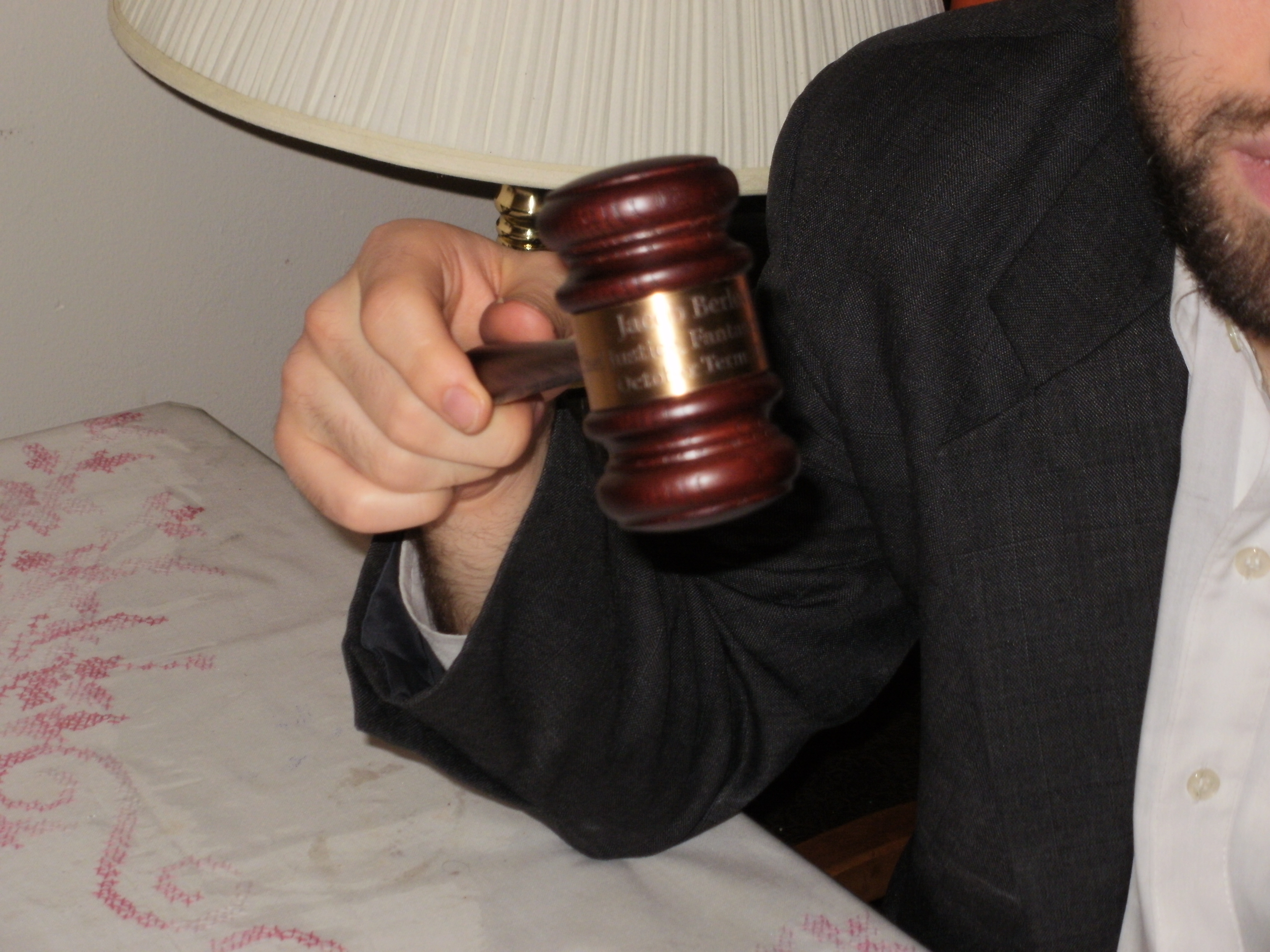The Times has a lengthy piece titled Some With Histories of Mental Illness Petition to Get Their Gun Rights Back. What is interesting in this article, to me at least, is how closely the discussion tracks with my analysis in the Constitutionality of Social Cost. In my article, I argue, that what really undergirds the Supreme Court’s novel Second Amendment jurisprudence is considering the negative externalities, or social costs, of the exercise of the fundamental Second Amendment right.
A number of states, both pre and post Heller, have instituted proceedings to allow those determined mentally infirmed–and thus stripped of their 2nd Amendment rights–to have these rights restored. The TImes recognizes, and discerns that the intent of “these state laws is to enable people to regain the right to buy and possess firearms if it is determined that they are not a threat to public safety. Or, as I put it in my article, “the inquiry revolves around the propensity or likelihood of the applicant to use the firearm dangerously.”
The TImes phrases the debate in terms of comprehending individual liberty, and the threat to others–the Constitutionality of Social Cost.
The issue goes to the heart of the nation’s complicated relationship with guns, testing the delicate balance between the need to safeguard the public and the dictates of what the Supreme Court has proclaimed to be a fundamental constitutional right.
Or, as I phrased it:
Although the historical debate over the Second Amendment is likely to rage for some time, the future of this jurisprudential skirmish will be waged on a battlefield with two fronts— liberty and social costs.
The issue of social cost does not just apply to those deemed mentally infirm–it also applies to those convicted of crimes, both violent, an non-violent. We should also be cognizant that just because someone committed a crime in the past, does not mean they should be perpetually rendered ineligible for this civil right. Let’s not forget that Martha Stewart, guilty of a relatively benign white collar crime, will never be allowed to legally own a gun (not that she probably would want to anyway).
This is not to say that felons of all stripes should be perpetually dis‐ armed, as the very nature and number of felonies has prolifer‐ ated to include many types of non‐violent crimes537—crimes that say nothing about the defendant’s propensity for harming others (Martha Stewart for example).538 This burden is not insurmountable, but the individual must show that he no longer poses such a threat. Even the National Rifle Association is in favor of limiting firearm ownership to law‐abiding citizens.539 This limiting principle would assuage concerns on both sides of the issue, and provide the Court with a judicially manage‐ able standard to balance liberty and social costs.
Expressing the view that underlies all Second Amendment cases, the Commonwealth Attorney (District Attorney) in Virginia (no enemy of gun rights) notes that people have a right to firearms so long as society is safe:
“I think that reasonable people can disagree about issues of the Second Amendment and gun control and things like that, but I don’t believe that any reasonable person believes that a mentally ill person needs a firearm,” Mr. Fleenor said. “The public has a right to be safe in their community.”
There are a few issues that I alluded to in my article that the laboratories of democracy are already fleshing out.
First, a question raised by my article, which I don’t attempt to answer (and probably will address in future works) is how to adjudge someone’s propensity for violence. The Times notes that Judges are currently tasked with this responsibility. According to the Times, they are doing an incomplete job.
But an examination of restoration procedures across the country, along with dozens of cases, shows that the process for making that determination is governed in many places by vague standards and few specific requirements. . . . In case after case examined by The New York Times, judges made decisions without important information about an applicant’s mental health.
There is no central repository for cases heard around Virginia, but to get a picture of how the process works in one state, The Times obtained dozens of petitions and judges’ orders, mainly from 2009 and 2010, along with supporting documentation, and interviewed petitioners, lawyers and judges. The hearings were often relatively brief, sometimes perfunctory, and judges had wide latitude in handling the petitions.
Second, a fascinating issue raised is who should bear the burden to restore the rights. I argued in my article that people who have shown a propensity for violence in the past (perhaps through committing a violent felony or exhibiting mental infirmity) should bear the burden.
For deprivation of the liberty of people lacking this propen‐ sity, the burden should remain with the State.534 . . . In contrast, for those who have demonstrated a propensity for harm and are likely to inflict said harm in the future—such as violent felons—the burden should rest with the felon.
Curiously, in Los Angeles, the state bears the burden to oppose restoration of the right, and show that to grant them a firearm would result in too great of a risk of social cost. In essence, this creates a presumption of liberty, rather than presumption of constitutionality.
In California, anyone placed on a 72-hour or 14-day psychiatric hold and determined to be a danger to themselves or others loses gun rights for five years. But upon discharge, the person can apply to have these prohibitions lifted. Applicants in Los Angeles County are required to provide records from all involuntary hospitalizations, which are checked against a list provided by the State Department of Justice. They must also be examined by a court-appointed psychiatrist, who can call friends or relatives to gather more information.
Under the statute, the burden is on the district attorney to establish that the petitioner “would not be likely to use firearms in a safe and lawful manner.”
Over all, 1,579 petitions have been filed in Los Angeles Superior Court since 2000. More than 1,000 were dismissed, usually because applicants did not furnish the required documentation or failed to show up. Of those who actually got hearings, 381 won their cases.
Virginia has a similar standard that looks at whether the person will likely act in a “manner dangerous to public safety.”
Lawmakers in Virginia, the scene of Mr. Cho’s rampage, were among the first to respond to the federal legislation by amending the state’s existing restoration statute to reflect the new law. To restore firearms rights, judges must find that the petitioner “will not likely act in a manner dangerous to public safety” and that “the granting of the relief would not be contrary to the public interest.” There are few specific standards or guidelines beyond that.
Third, the article addresses the role studies showing a potential risk, ex ante, that people adjudged mentally infirm will use guns for harming others.
Supporters of gun rights and mental health advocates point out that a vast majority of people with mental illness are not violent. At the same time, though, a variety of studies have found that people with serious mental illness are more prone to violence than the general population.
Most people with mental health issues, of course, will never be violent. But there is widespread consensus among scientists that the increased risk of violence among those with a serious mental illness — schizophrenia, major depression or bipolar disorder — is statistically significant. That risk rises when substance abuse, which is more prevalent among people with mental illness, is also present.
As I note in my article, this generalized, ex ante deprivation of a person’s constitutional rights based on studies is unprecedented in our constitutional law jurisprudence.
Under our current Second Amendment jurisprudence people who have shown no propensity for violence may be denied the exercise of their constitutional right without any specific rea‐ son, based solely on legislative judgments grounded on dis‐ puted statistics499 that show a person with a firearm may be likely to engage in violence.500 This ex ante deprivation of liberty with restrained judicial oversight is unprecedented…
Read it. It’s good.
A relevant issue–food for thought really–is the role of restoring a felon’s right to vote. Arguments against restoring a person’s Second Amendment rights rely on the same arguments against restoring a felon’s right to vote. I think neither are persuasive.



